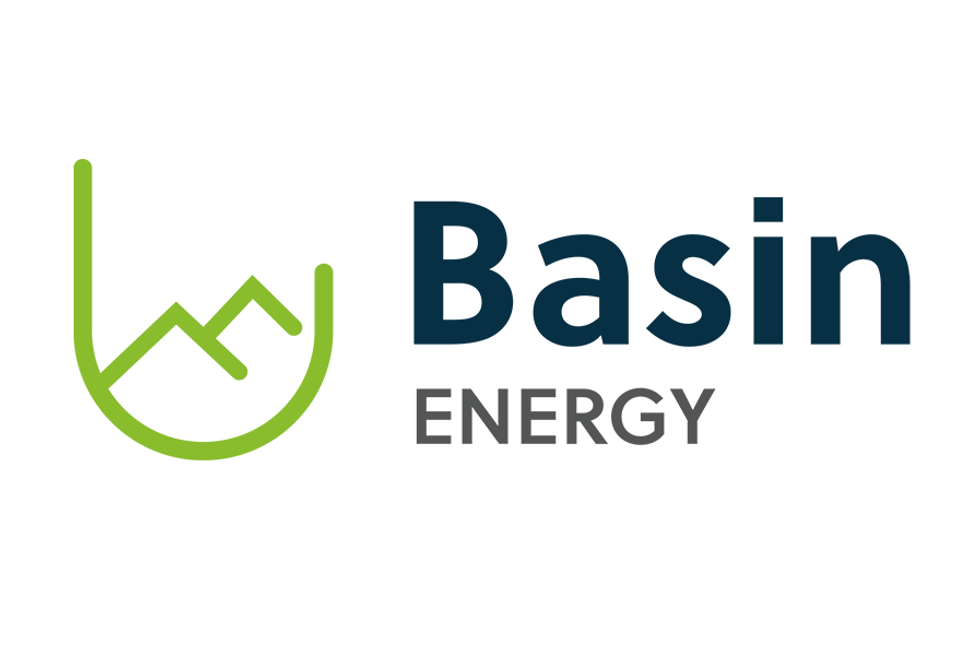
Japan, China and US utilities companies are just a few catalysts expected to boost the uranium price.
Go here for our latest on the uranium price.
The uranium price has trended downward since the 2011 Fukushima disaster left the world feeling uncertain about the future of nuclear power. Uranium-focused companies saw their share prices drop along with it, and countries like Germany and Italy abandoned their nuclear programs.
However, now that reactors in Japan are slowly coming back online, attitudes toward nuclear energy are also beginning to shift, with countries like China and India looking to switch from other energy sources to uranium. Many experts and analysts believe that new demand and the lack of new uranium mines coming into production will create a supply deficit in the coming years — perhaps as early as 2018.
Here’s a look at all the major catalysts that are expected to affect the uranium price. Investors interested in the space may want to keep an eye on them in the coming months and years.
Japanese reactor restarts
Any news regarding Japanese reactors tends to get uranium-focused investors excited, and recently they’ve been even more in focus than usual. That’s because on August 11, Kyushu Electric Power Company’s (TSE:9508) Sendai 1 reactor was loaded with fuel and restarted. While this single restart won’t cause a major shift in the uranium supply and demand balance, it signals a move in the right direction after a lot of push and pull between power companies and Japan’s Nuclear Regulation Authority — not to mention activists that oppose the restarts.
“Ever since the Fukushima incident derailed a uranium market that was heating up significantly in March 2011 many have pointed at nuclear restarts in Japan as a key catalyst to ‘restart’ interest in the space,” Cantor Fitzgerald Senior Analyst Rob Chang said. “That time is now. While a single reactor will not move the needle in terms of overall uranium demand, we view this event as the type of front page news event that will return interest into the nuclear and uranium space.
Cantor Fitzgerald expects the restart of the second Sendai unit to be the only other restart in 2015; however, the firm sees a total of nine reactors being up and running by the end of 2016.
China’s nuclear push
China has been working at increasing its stake in the uranium market ever since it resumed construction of new nuclear power plant projects in March. Besides the 24 reactors being built throughout the country (and others planned), China has also been looking acquire uranium assets in Kazakhstan, Canada and Australia. The Asian nation has also been signing deals with nuclear power giants elsewhere. In May, China National Nuclear (CNNC) and China General Nuclear Power Group announced plans to obtain stakes in French nuclear company AREVA (EPA:AREVA,OTCMKTS:ARVCF).
More recently, CNNC announced that the Changjiang unit 1 was being loaded with fuel, with operations expected to start later in 2015. A total of eight reactors are expected to start up in China in 2015. Chinese uranium production accounts for less than a quarter of the country’s current needs, and CNNC is its sole domestic supplier; however, there are plans for new mines in China.
The Russia factor
While Japan and China have been the main focus in recent months, Russia’s influence on the uranium space shouldn’t be ignored. David Talbot of Dundee Capital Markets said in May that Russia’s influence will likely become more and more important as it continues to build aggressively worldwide. In fact, he believes Russia is an underappreciated factor that will likely prove to be just as important to the uranium market as new builds in China and India.
Considering that Rosatom, the country’s state-owned nuclear energy company, has the largest number of reactors being built internationally, with 29 reactors in various stages of planning and construction in over a dozen countries, it makes sense not to factor out Russia.
“The Russians are building one-third of all the power plants globally, and they are coming into these developed nations,” Talbot said. “They are not only teaching them how to set up regulations, but they are financing them, building them — they are going to provide them [with] uranium, [then] take the uranium away at the end of the day. So the Russians are becoming the one-stop shop, and they are doing it aggressively.”
US utilities
In the shorter term, it will likely be the US utilities that boost the uranium price as contracts are expected to open up after next year and new deals will need to be signed. According to Scott Melbye, a speaker at Cantor Fitzgerald’s second annual Global Uranium Conference, the US Department of Energy believes that US utilities’ requirements will be “substantial” in 2017 and 2018. Even today he said he is seeing many US utilities — and their counterparts in Europe and Asia — in the market for spot uranium.
In fact, some US utilities companies are already starting to ink deals. Peninsula Energy (ASX:PEN) announced at the end of August that it has signed two uranium concentrate sale and purchase agreements with major US power utility companies.
India moving back into the uranium space
While still in early stages, the Australia-India uranium trade agreement, which could be worth up to $1.75 billion, is one step closer to being finalized as India looks to reconnect itself to the nuclear market. The South Asian country has a fast-growing nuclear power program and expects to have 14,600 MWe nuclear capacity on line by 2020.
According to the World Nuclear Association, India currently has 21 nuclear reactors in operation, six currently under construction, 22 planned and an estimated 35 proposed. It aims to supply 25 percent of electricity from nuclear power by 2050.
Securities Disclosure: I, Kristen Moran, hold no direct investment interest in any company mentioned in this article.





